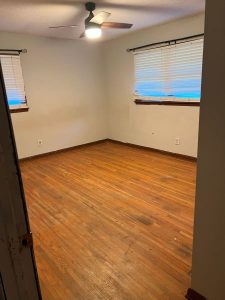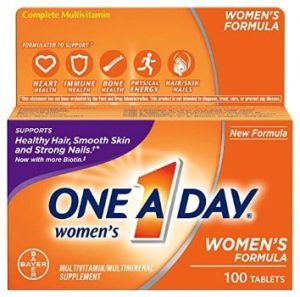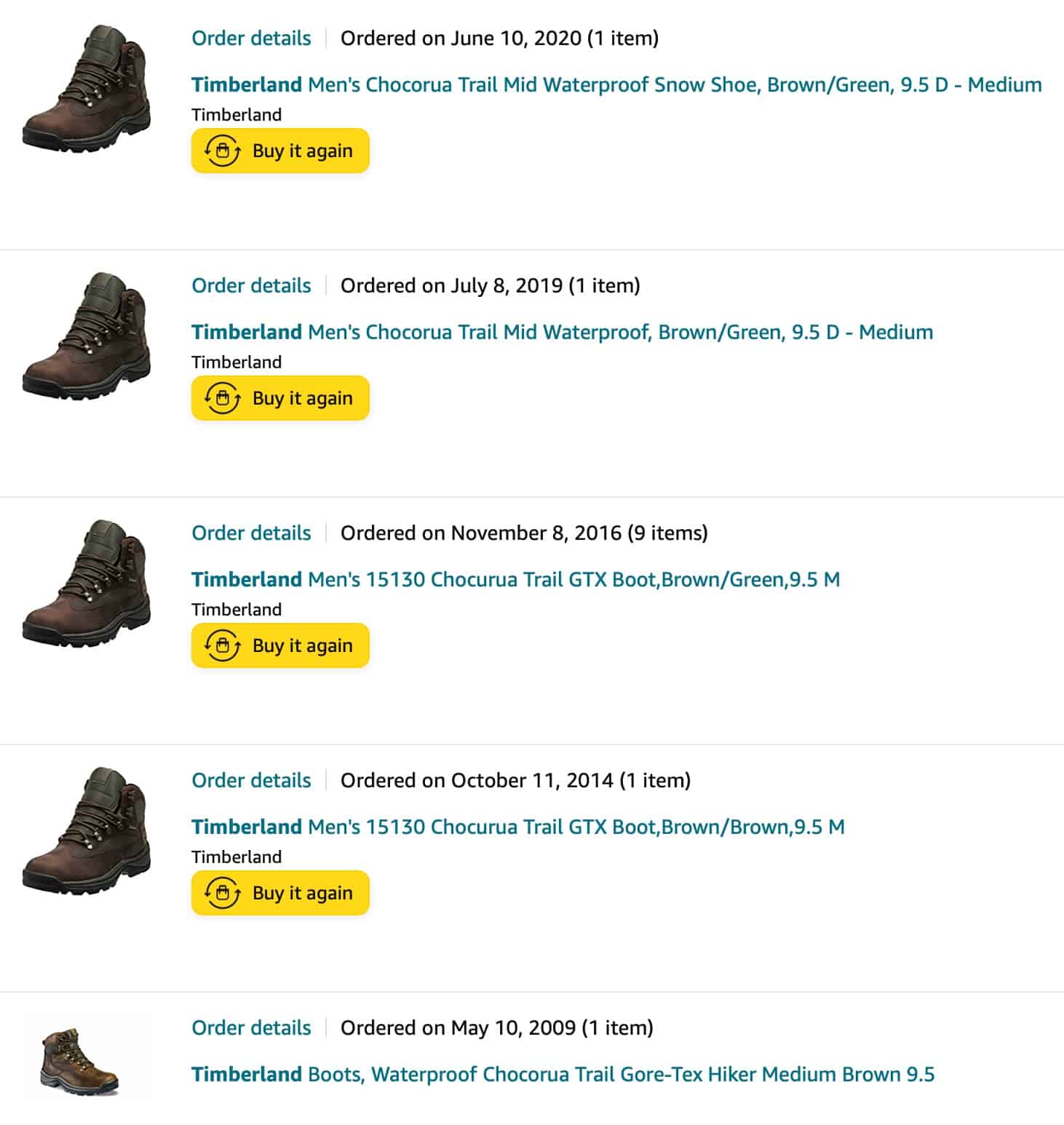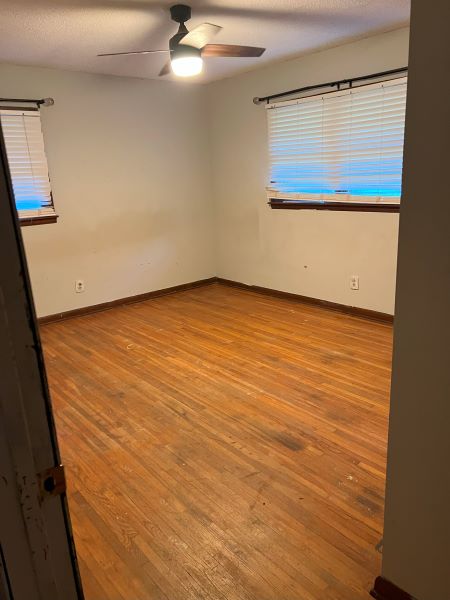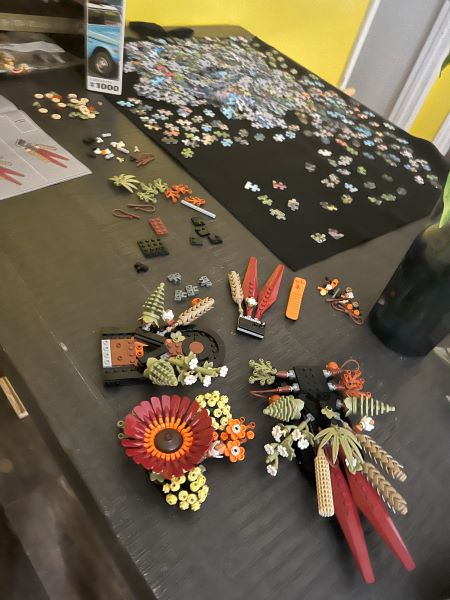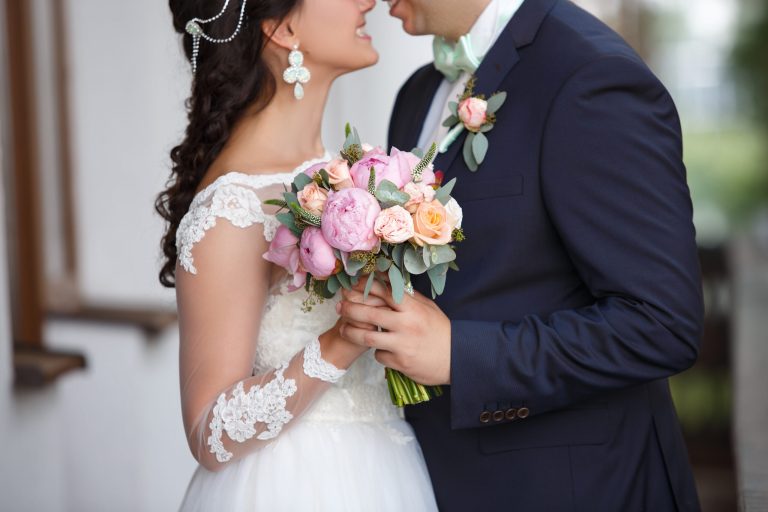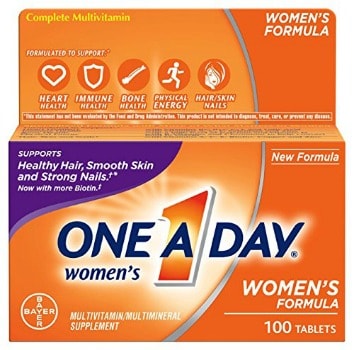I’ve changed the way I shop over the past few years. And although the shift has been subtle, I’ve found that I’m much happier with the things I buy.
In the past, my approach to shopping was simple. If I wanted a new thneed, I would go to a store (or, with the advent of the internet, a website) and choose from the available thneeds. I’d look at the store’s selection (or the website’s selection) and pick the one best suited for me.
If the thneed I wanted was particularly expensive or important, I might expand my search to multiple stores or multiple websites. But usually, I stuck with the first store I visited.
The key point here is that I allowed the places I shopped to impose limits on the thneeds available to me. I think of this approach as “store-centered shopping”. Whatever the store has in stock defines my universe of options.
Now that I’m older, I’ve flipped the script. Instead of allowing the marketplace to define which thneeds are available to me, I decide exactly what I want before I begin my search. I put myself and my needs first. Once I know what I want, I take the time to locate it. What I want is almost always out there somewhere — if I’m patient enough to track it down.
I think of this approach “self-centered shopping”. I’m putting me first, and that’s a Good Thing. In fact, that’s an Excellent Thing! This method consistently leads to greater satisfaction with the things I buy. Instead of picking up cheap, mass-market thneeds, I’m buying thneeds that feel as if they were specifically made for me.
Let me give you a concrete example.
Buying a Wallet
Every five years or so, I need to replace my wallet. The old one wears out (or gets lost), so I buy a new one.
The way this has always worked for me is simple. My wallet falls apart (or turns up missing), so I head to a nearby department store to look at their selection. I browse the wallets on display, pick the one I like best, then buy it. It becomes my wallet for the next five years.
This is how I’ve always bought wallets since my very first one. I’ve been doing it for more than thirty years.
In 2019, I noticed my wallet was beginning to fall apart again. “Time to buy another,” I thought to myself, and I realized I was dreading the experience. Just as always, I’d go to the store and choose from a wide selection of sameness. But here’s the thing: I don’t like most wallets. They work for other people, but they don’t work for me.
https://www.youtube.com/watch?v=yoPf98i8A0g
I’m not George Costanza. I don’t carry a lot, and I certainly don’t pack much cash. I just need something that fits in my pocket and allows me access to a few cards. I don’t want bulk, and I don’t need leather. I wanted to buy a wallet that worked the way I worked.
Around this time, I happened to walk past a Secrid store. Secrid is a Dutch company that manufacturers minimalist, metal-based wallets. Intrigued, I stepped inside to browse their selection. I nearly bought a Secrid Cardprotector that day, but ultimately decided they were too minimal. (The Cardprotector lets you carry six cards, but that’s about it.) When I left the store, though, I knew I’d use a different approach to buying this wallet.
I made a list of the things I wanted in a wallet. I wanted:
- The slimmest form factor possible. I used the Cardprotector as a baseline: 63mm x 102mm and 40 grams.
- A clear slot for my driver license.
- The ability to carry both my personal credit cards and my business credit cards.
- A place to carry three or four banknotes.
- A little bit of extra room for things like insurance info, my library card, and receipts.
With these parameters in mind, I scouted Amazon. I checked REI. I visited other stores and sites. I found plenty of minimalist wallets – including lots of Secrid knock-offs — but nothing that met my needs.
Then I remembered Tom Bihn. The Tom Bihn company specializes in travel gear. Their Synapse 19 is my go-to backpack not only for daily use, but also for extended international travel. (No joke: I’ve used this simple 19-liter bag for three weeks of European travel before.) Tom Bihn is terrific at packing a lot of features into a small amount of space. Did they sell a travel wallet? They did!
The Tom Bihn minimalist wallet was exactly what I was looking for: three pockets and the same size as the Secrid Cardprotector (but half the weight). If I were to design a wallet for myself, this is what I’d design. I bought one. I’ve been using it ever since, and I love it. (Kim loves it too. She ordered one for herself, and she’ll now often carry that instead of a purse.)
Self-Centered Shopping
My wallet story is a simple example that illustrates my new approach: self-centered shopping. I used to allow stores to define my universe of options, which meant that I rarely bought the thneed I actually wanted. I simply bought the closest thing available to my ideal.
Today, I’m fussier. I’ve learned to take the time to think through what it is I truly want in a thneed before I buy one. I quite literally take out an index card and make a list of requirements so that I don’t forget something important while I’m shopping.
Yes, this self-centered shopping approach is often more expensive, but I’m okay with that. As I get older, my patience for poor quality grows shorter and shorter. When I buy things — especially things I use every day — I want quality. I want them to meet my needs. And, if possible, I want them to be a pleasure to use. To quote Marie Kondo, I want the thneeds I buy to “spark joy”.
I feel like self-centered shopping is one of those things that some people will consider blindingly obvious: “Of course that’s how you should buy things! Why would you do otherwise?” But for me, this is a new concept.
When I was young, our buying choices were limited. We lived in a small town in rural Oregon. Plus, my family was poor. When I wanted to buy a thneed, I could choose from those available at Mangus Variety or Parson’s Pharmacy. That’s it.
Today, though, I’m older, which means I’m more patient. I have more money than I did when I was younger. And, most importantly, the internet exists. When I want a thneed, I’m not limited to the stock on hand at the pharmacy and department store. Without exaggeration, I can buy any thneed in the world…if I can find it. And that’s why I start by defining exactly what it is I want before I begin my search.
This self-centered shopping approach has also drastically reduced my impulse shopping. Turns out I mostly succumb to impulse shopping when I don’t actually know what I want!
Becoming Product Loyal
There’s been an interesting side effect to this self-centered shopping. It’s made me very loyal to specific products from specific companies. When I find something I like, I buy it again and again and again. When it’s time to replace my wallet, for instance, I’ll buy the exact same wallet from Tom Bihn.
Or, take my hiking boots. Every five to seven years, I replace a pair of Timberland Chocorua. (The Amazon history belo0w makes it look like I’m ordering them more often, but that’s because I have two pairs in rotation at once: a “work” pair and a “dress” pair. Each pair lasts five to seven years.)
I’ve been wearing these boots almost daily for fifteen years, much to Kim’s chagrin. I’ll be sad if they’re ever discontinued.
So, my old shopping process was: Realize I need a new thneed, go to the store (or website), and buy the best match.
My new self-centered shopping process is:
- Take time to decide exactly what I want in a thneed.
- Search extensively to find potential matches. Buy one.
- If the thneed works, great. If not, return it and buy something different. (I almost never have to return anything, though, if I’ve taken the time to list the features I want.)
- When I learn a thneed is a perfect match, I buy it over and over.
Looking around my writing desk this morning, I see that most of the things I use every day have now been acquired through self-centered shopping. Here are a few of the tools I bought by searching for exactly what I wanted. These are tools that I buy (or plan to buy) repeatedly because they’re perfect for me.
Actually, my desk itself was bought my self-centered shopping method. I’d been using a $90 IKEA desk for more than a decade, but it was woefully inefficient. And messy. I hated it. When we moved to Corvallis last year, I took the time to figure out what my “dream desk” would look like. Then I spent a couple of weeks shopping online and off to locate a match. I eventually found an excellent L-shaped traditional desk at a local furniture store, and that’s what I’m using today.
There are still a few tools at my desk that I acquired with my old “buy whatever the store has” method: my microphone, my second monitor (so awful!), my pencil sharpener. But you know what? These things work just fine. I’m in no rush to replace them. When I do replace them someday, I’ll use my self-centered shopping method.
Here’s another reason I think self-centered shopping works so well for me.
When I take the traditional approach to buying a wallet, for example, I go to the store and look at the options. There’s usually forty or fifty wallets from which to choose. It’s overwhelming. I’m paralyzed by the paradox of choice.
With self-centered shopping, though, I don’t have a lot of options. Often, it’s a struggle to find even one perfect match. This means that I can search until I find one product that fits my criteria, then call it a day. I’m not overwhelmed, and I don’t experience the regret that usually comes when you have too many options.
